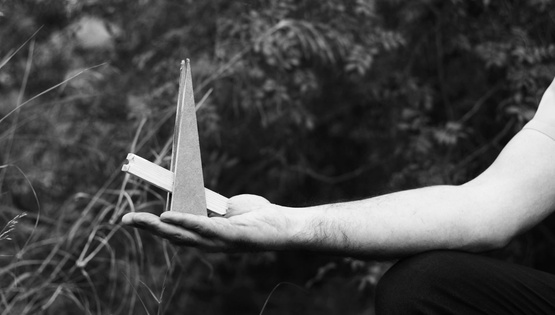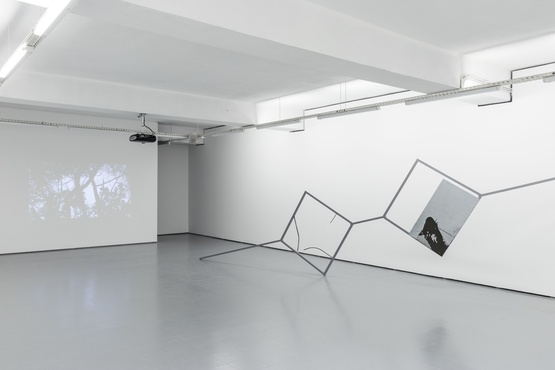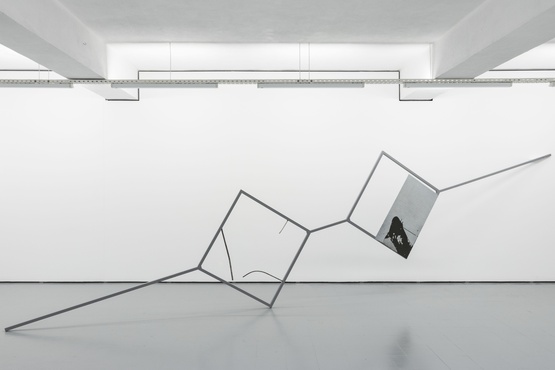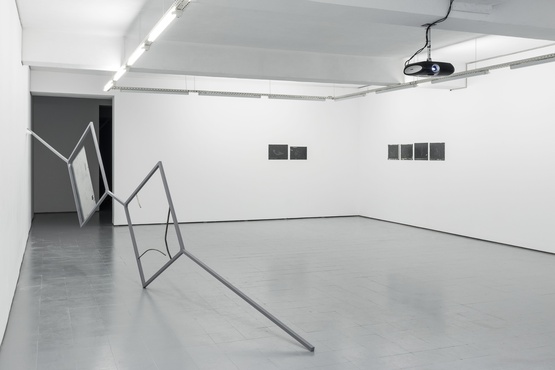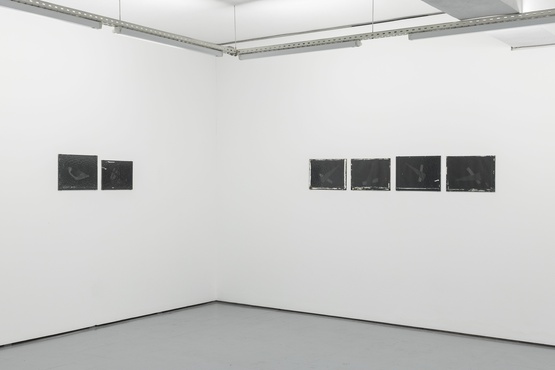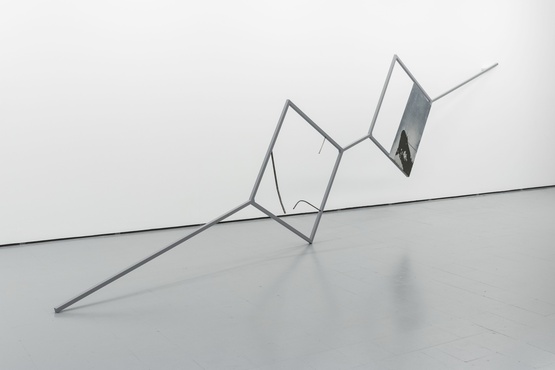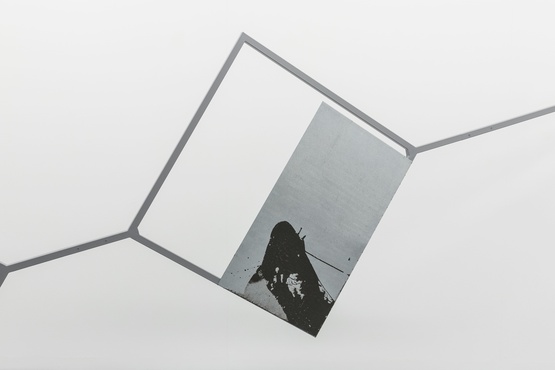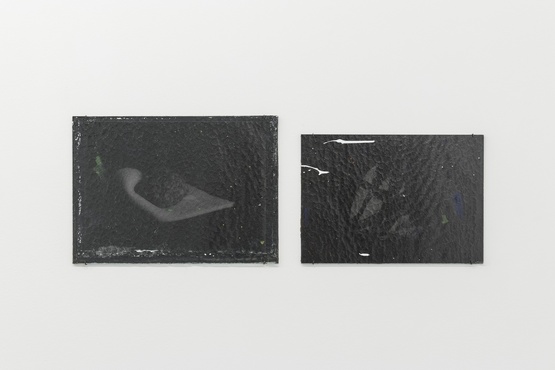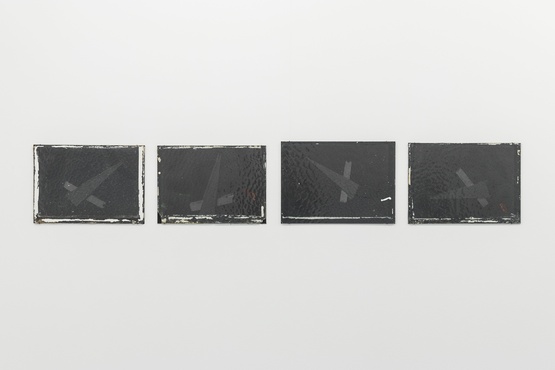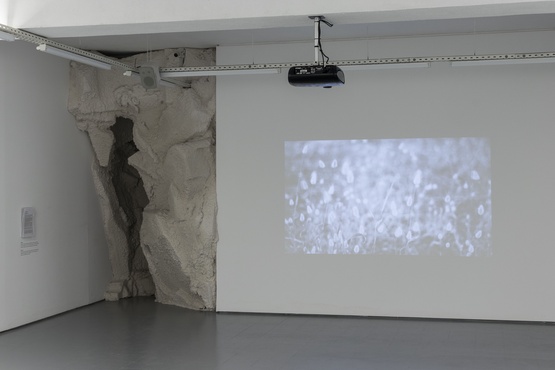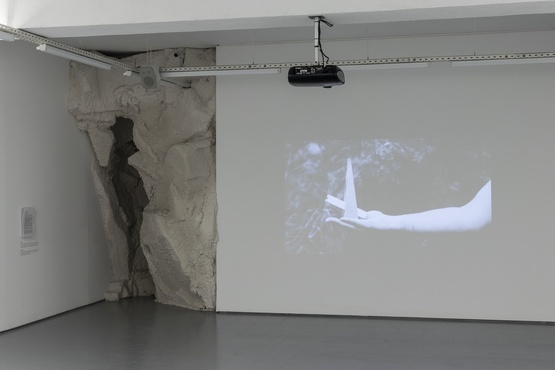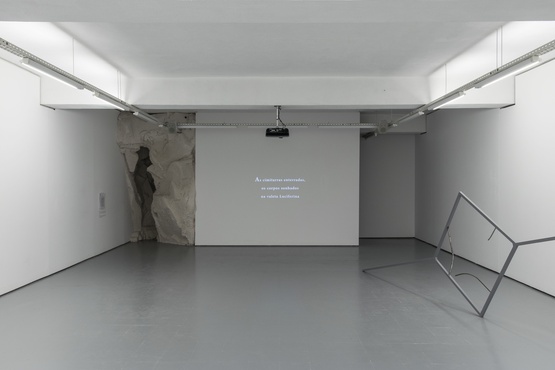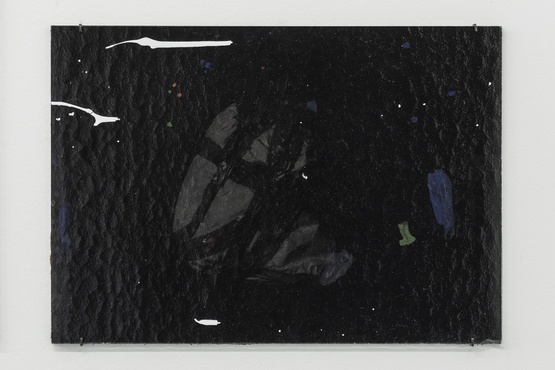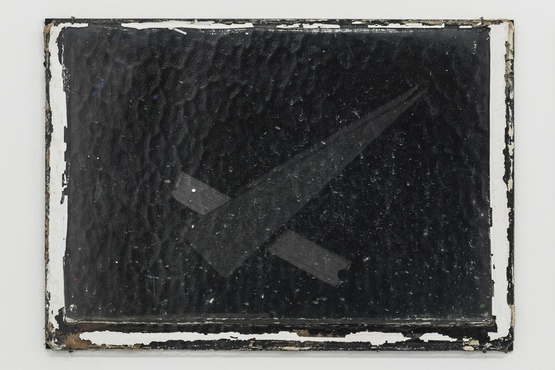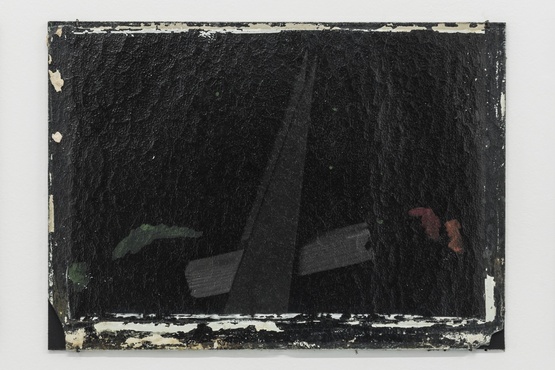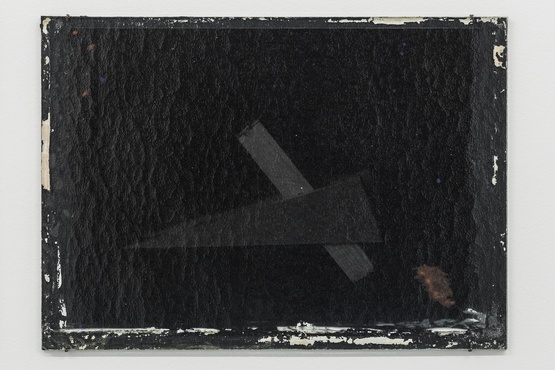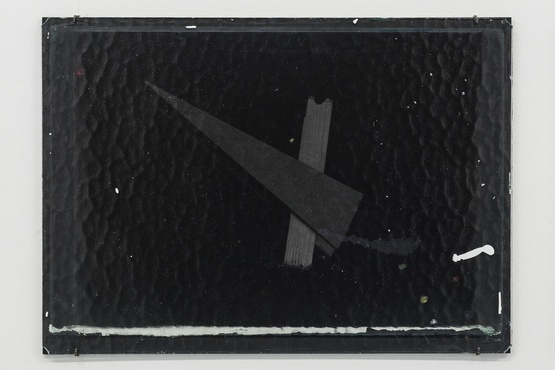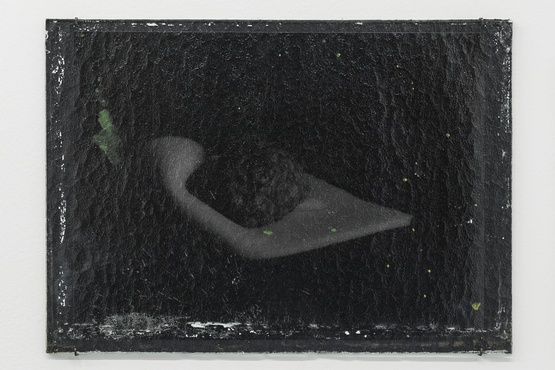Rubene Palma Ramos and Jorge das Neves
with CRAMOL
Opening and singing performance by the choral group CRAMOL:
May 31, 9.30 pm
The project of Rubene Palma
Ramos and Jorge das Neves is a homage to the cinema of Segundo de Chomón (1871
-1929), mythical director of the beginnings of cinema. The title Les Corps Enchantés is a deviation that
appropriates the title Les Verres
Enchantés (1907) of the Spanish director; "verres", (in French,
"cups") metamorphoses into the word bodies (in Portuguese, “corpos” –
a pun between “corpos” and “copos”).
As in the first cave
paintings, in which magical, religious and artistic forces were inseparable,
also in the appearance of the first moving images, in the late nineteenth
century, art and magic were inextricable.The cave establishes a
connection with the magical universe of the early cinema, allowing its authors
an artistic panacea, made of appropriations of gestures, breaks, and
manipulation of images, all sublimated by a specific set of songs interpreted a capella inside the grotto, by the
choral group CRAMOL, which also becomes the film soundtrack.
The voices and the space
between voices, of this choral group, get in our bodies like an ethereal thing,
helping us to fill the spaces between the actions and images in the film. The
group and its chant summon a ritualistic imaginary, far from the artificial
universe present in the films of Chómon. This improbable encounter creates a
strangeness that is fertile to think some of the latent questions in the
Grotto. Questions between the natural and the
artificial, the rational and the subconscious, and the human-centered
perspective and potentially new forms of empathy that establish a more
horizontal relationship between animals, flora, natural elements and us.
The film Makron et Les Corps Enchantés shows a giant, Makron, who evokes the
idea of a superhuman like Hercules or Maciste, overlapping it with irony, with
the idea of superhuman as an artist. Makron is a giant in suspension, in
aesthetic ascesis towards the world and its elements, which places us out of
time.
The Grotto functions as a
conch or shell - capable of editing the choir voices. Its sound arrives from the
interior of the Grotto to the contiguous space, outside, where the film is
seen.
Installed, in the same space
and in relation to the film, there's Enchanted
Object, an iron sculpture inspired by the metallic ambiance of the scenery
and costumes of Maciste all'inferno,
especially in the scenes that unfold in hell, the underground space whose
access is made through a cave. In parallel, glasses with mixed media
interventions on photographic images evoke the origin of the moving image, in a
visual analysis of bodies at various positions in space-time.
Rubene Palma Ramos, Portimão, 1977. Lives and works in
Lisbon.
Jorge das Neves, Mozambique, 1973. Lives and
works in Coimbra.
Cramol is a group of women developing
its activity in a cultural association, Biblioteca Operário Oeirense.
Formed in 1979, the group is dedicated to the women's traditional singing,
giving voice to the ancestral sounds of their song, one of the richest
patrimony of "a capella" rural music. In his career he has had
hundreds of concerts all over the country and abroad, participated in theatre
and dance plays, recordings and shared stages with other musicians. Cramol
collaborates with IELT - Institute for the Study of Literature and Tradition of
NOVA School of Social Sciences and Humanities.



